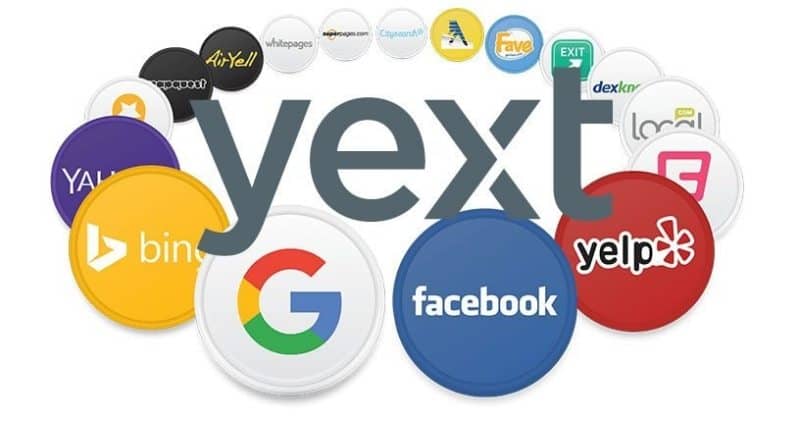What are the challenges of using AI in content creation?
AI has been around since the 1960s, with ELIZA – a chatbot that could interact with humans – setting the stage for AI-based content generation tools. However, it was more than 60 years later that AI-powered tools truly made a disruptive entry into the content creation space with the launch of ChatGPT in November 2022. Promising efficiency, creativity, scalability and, most importantly, the ability to take on an almost endless variety of tasks, an ever-expanding suite of tools was quickly adopted by businesses across domains, especially in the financial services space. Businesses such as banks and brokerage quickly embraced AI-driven solutions to generate text content of all types.
Businesses soon realised, however, that the undeniable appeal of faster content production and cost savings came with its own set of cons. AI-based tools have certainly disrupted the way businesses create content but are not yet a perfect solution as they have not been able to achieve the holy grail of creating truly human content. Here are some of the major challenges that content creators face when using AI-powered tools for creating content.
1. Lack of originality
AI models are inherently limited by the datasets that they’ve been trained on, which means that they can only generate content based on pre-existing information. This leads to repetitive, uninspired and straitjacketed writing. Unlike human writers who bring in their own fresh perspectives and emotional depth, AI tends to recycle commonly available data, often producing content that lacks personality and depth.
For businesses in regulated industries such as financial services, this becomes an even bigger issue. There is inherently limited flexibility that businesses in this space have with the way they present content, and hence, originality and creativity are at a premium in this sector. Financial content is required to be relatable in addition to being comprehensive and accurate in order to build trust with customers. Relying solely on AI-generated content can make a brand appear metronomic, leading prospective customers to not engage with it.
2. Potential for misinformation
AI tools are trained from vast datasets, and the content that they generate is limited by this training. However, the content generated is also dependent on the prompt provided with the AI tool itself not possessing the ability to fact-check or verify the accuracy of the information it shares. In industries where the accuracy of information is crucial, such as financial services, minor inaccuracies can get magnified, leading to business risks. For example, incorrect details about loan eligibility criteria, interest rates or taxation structures could mislead customers into making incorrect financial decisions, resulting in compliance issues, trust loss and negative publicity, all of which can hurt a business.
Businesses which create massive amounts of content try to ensure accuracy in content by investing in and deploying additional resources as an editorial layer for reviewing and validating AI-generated content to verify its factual correctness. While this solves the problem to some extent, it also eliminates the efficiency gains that the AI tool delivered in the first place.
3. Inconsistencies in brand voice and lack of storytelling
Storytelling has always played a key role in audience engagement as whatever content a brand puts out finally gets read by humans – and humans love stories. AI, however, struggles to express the emotions and human experiences that can make a brand stand out. A human writer, on the other hand, can craft deeply personal and compelling stories around whatever a brand wishes to talk about, giving human storytelling a distinct edge over that of AI-powered tools.
Human-AI collaboration: The path forward
Do the challenges posed above mean that the usage of AI-powered content is just a passing fad? Or will the pros that AI tools provide ultimately outweigh the cons? Only time will tell, but one thing that is sure is that businesses which manage to reap the benefits of AI tools while not letting go of the “human” nature of content will be best placed to navigate the content landscape effectively. Adopting a hybrid approach—combining the efficiency of AI with human creativity and subject matter expertise can help your business get the best of both worlds. AI can play a crucial role in brainstorming for content ideas, setting up content structures, and even putting together a first draft, while human writers edit, fact-check and personalise the final output.
Conclusion
AI is certainly transforming content creation, but it is not a magic bullet – at least not yet! While AI-powered tools speed up the generation of content at scale and offer significant cost advantages, businesses must be mindful of their core limitations—lack of originality, factual inaccuracies and challenges with brand voice. By integrating AI into operations while also keeping human expertise at the forefront, businesses such as NBFCs and online marketplaces can truly harness the potential that AI-powered content offers. The future of content creation is not an either/or scenario where one decides between AI or humans—it’s humans harnessing the power of AI seamlessly to deliver impactful and engaging content.




